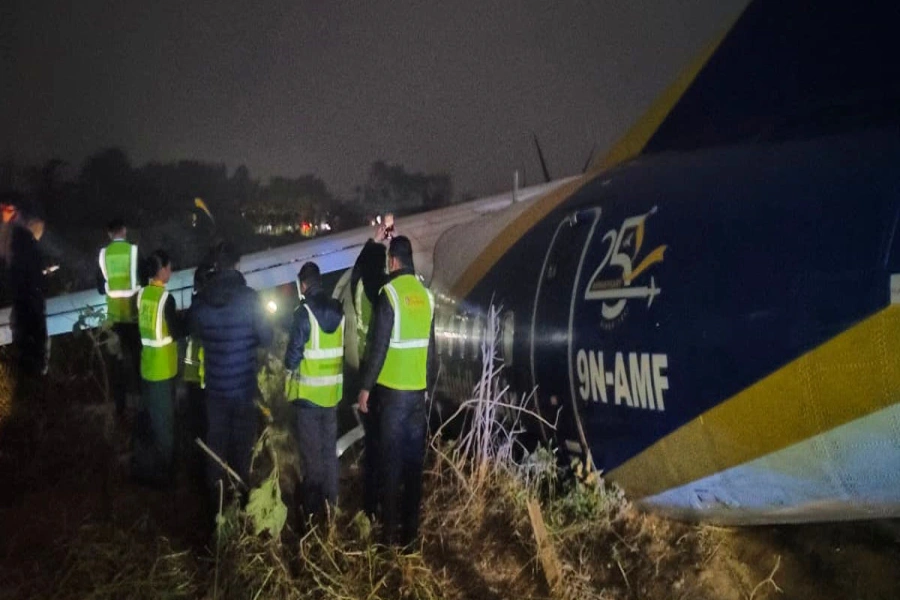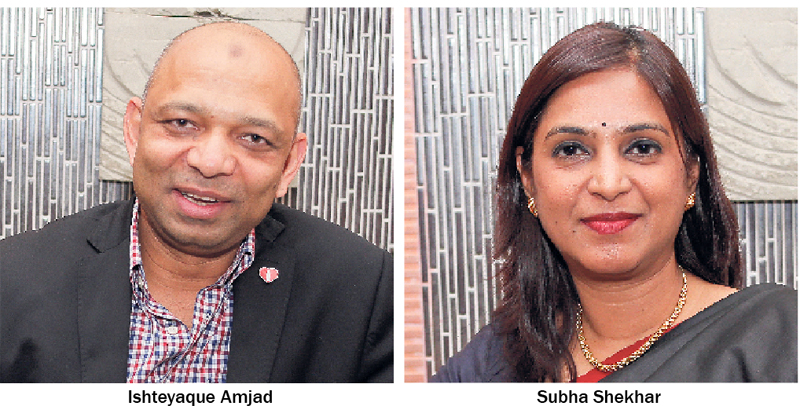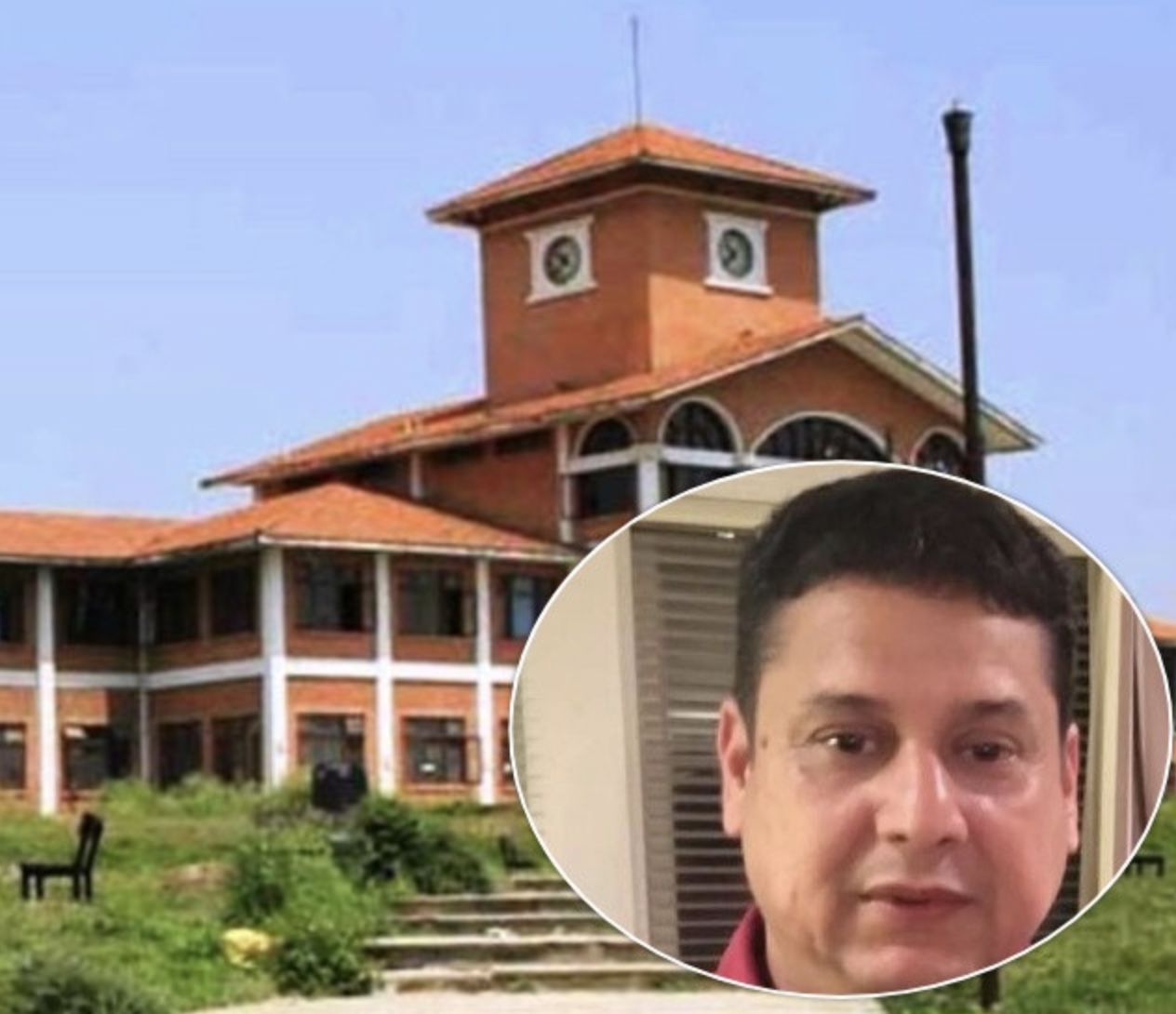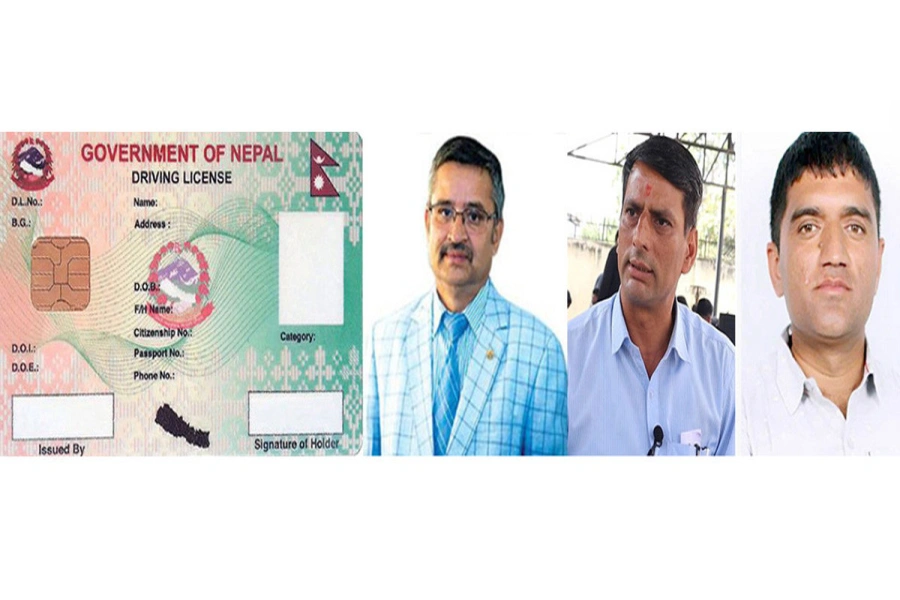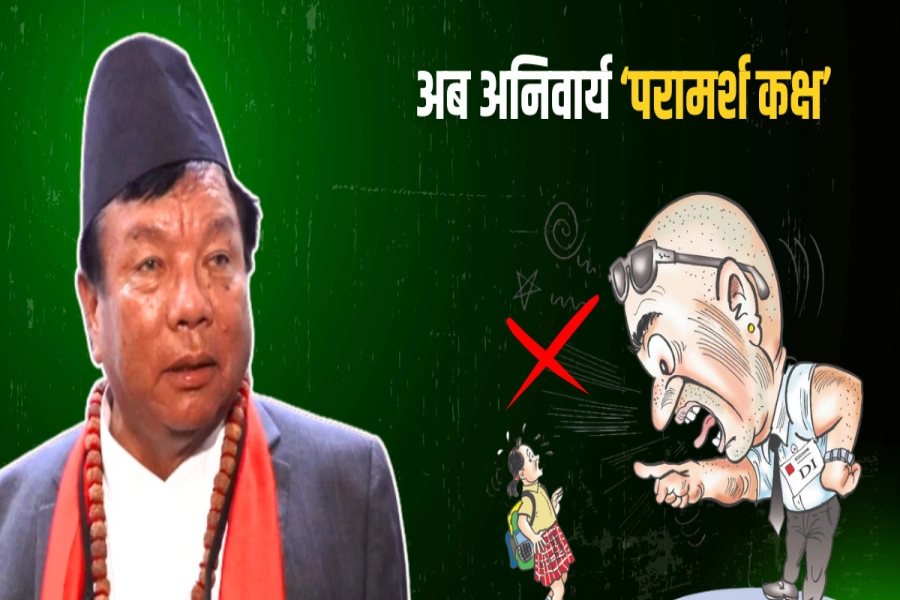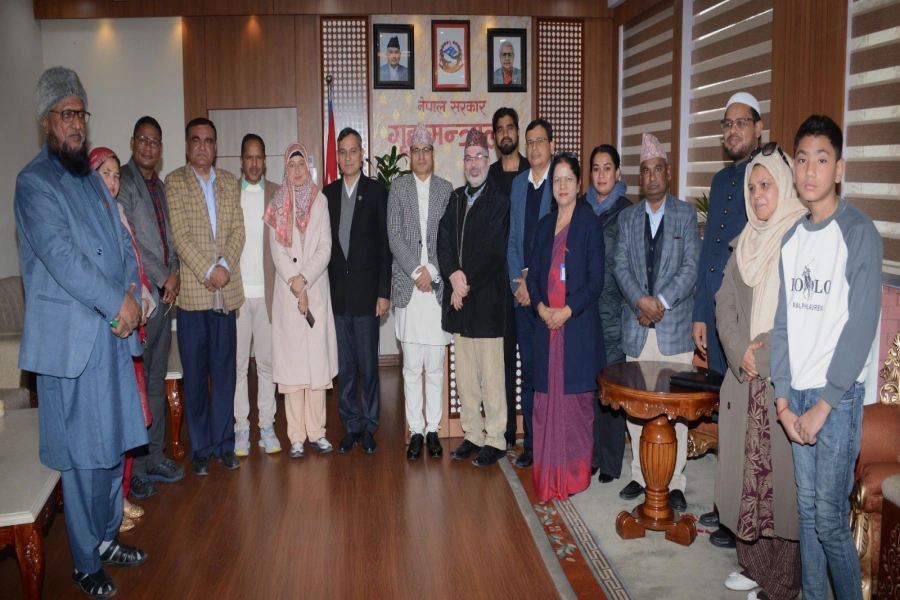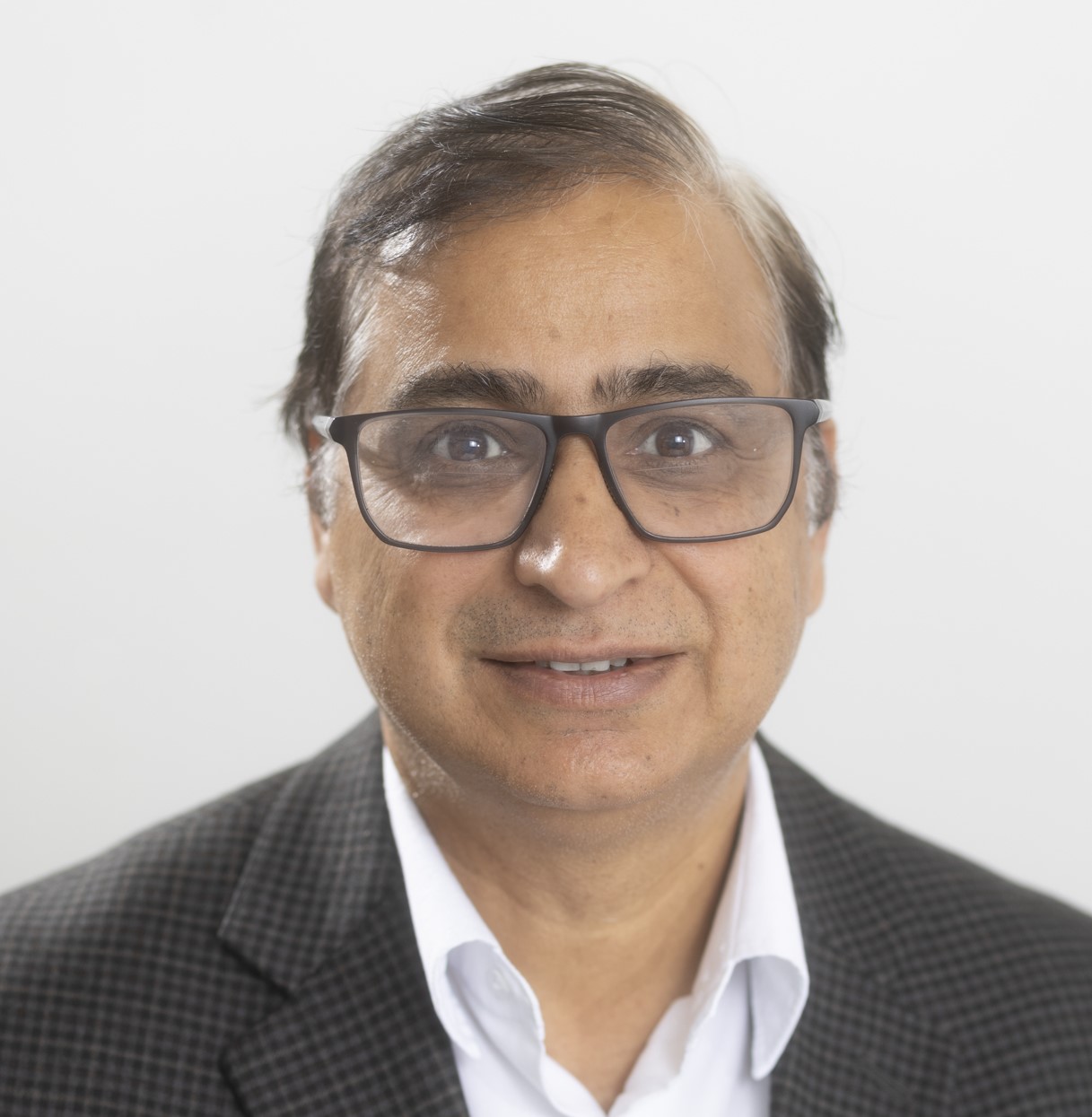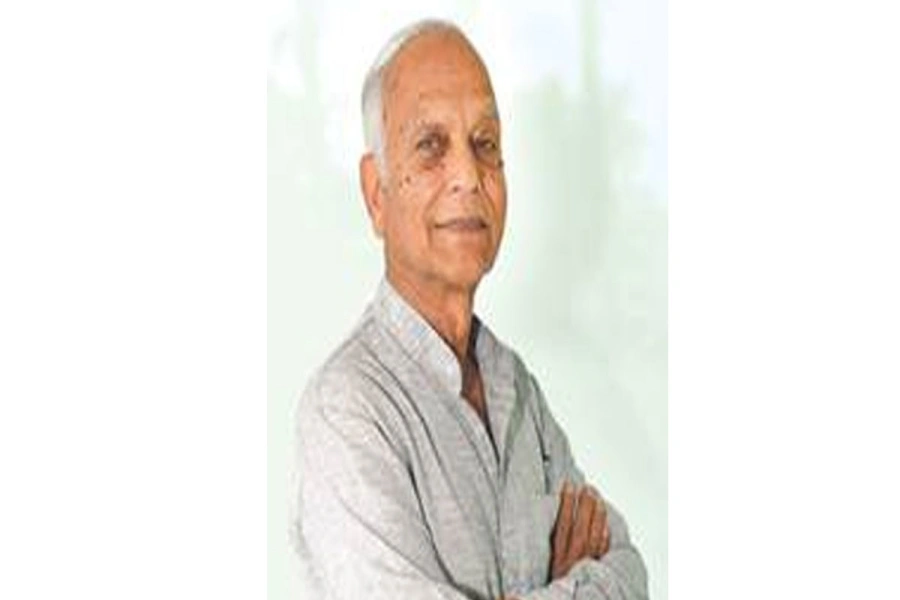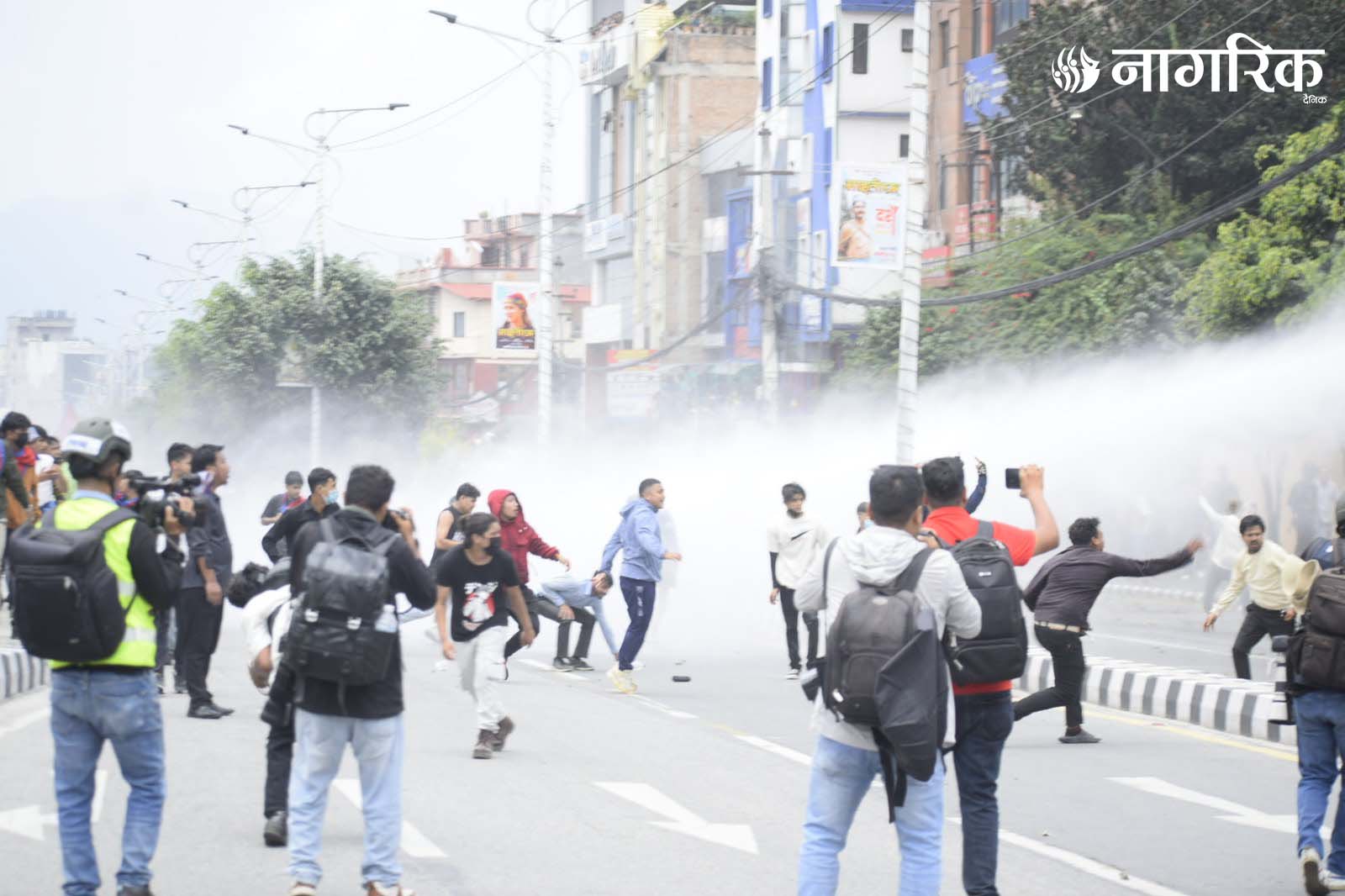A pioneer in interdisciplinary research and a leading advocate for the circular economy, Professor Seeram Ramakrishna played a pivotal role in transforming the National University of Singapore (NUS) into one of the world’s top ten universities during his tenure as the Vice President of NUS. He was recently in Kathmandu to speak at an international conference organized by Madan Bhandari University of Science and Technology, where he serves as a trustee and member of the Board of Trustees. Republica caught up with Professor Ramakrishna to gain insights from Singapore’s journey in building globally competitive, world-class universities—an aspiration Nepal now shares. Excerpts:
In Nepal, there are several universities struggling to attract students and gain academic recognition. From your own experience, what are the essential ingredients for building successful and reputable universities?
I’m very happy that Nepal’s education system is thinking about building world-class universities, despite many challenges that exist. Your question about how Nepalese universities can attract students—both local and international—is important. If we look at Singapore’s example, we had a similar situation 25 years ago, with many Singaporeans trying to go abroad. Over the past 25 years, we have systematically built the reputation of our universities. Not just one—there are five major public universities in Singapore. This reputation has been built systematically. It is also reflected in international rankings like Times Higher Education, just to name one. But it’s not just about rankings; it’s about building a real, solid reputation.
How did we do it? We realized that we needed to free up our faculty members' time. Previously, they were burdened with a lot of administrative procedures—what you might call red tape. That red tape consumed a lot of faculty time. Students were also confused by the lack of streamlined information. This meant a lot of wasted time. So, we understood the need to free up time and space for faculty, which eventually benefited students as well. We streamlined administrative processes—both within the universities and in interactions with the government, since we are public institutions. That interaction needed to be streamlined as well. We called it giving autonomy to universities. We made many such changes. I can speak confidently because I was involved in this transformation journey. I am both a witness and a contributor. We focused on inefficiencies between the government and the universities, and we introduced greater autonomy—but we didn’t stop there.
Even within the universities, many procedures needed simplification. Once we freed up time, the next question was: how do we make that time more productive? We told our faculty and staff to benchmark themselves globally—not just nationally. International benchmarking was key. It showed us where we stood and what the gaps were. Now that we had more time, we could address those gaps. Time itself became a valuable resource that improved productivity and effectiveness. This, in turn, helped our universities climb in international rankings. As our rankings improved, families and students began to see value in studying here. The momentum built over time. Fortunately, our rankings kept improving, and now we are among the top ten universities in the world. Families now default to sending their children to Singaporean universities. Another factor is economic opportunity. Many jobs were created. We promoted entrepreneurship, and I can go into those details later. But these were some of the key steps we took.
Preeti Khatri: A trailblazer in adventure tourism

As a former Vice President of the National University of Singapore, you witnessed and contributed to this transformation over the past 25 years. What leadership and vision can a university like ours in Nepal learn from your journey in turning NUS into a world-class institution?
I was fortunate to serve in several leadership roles over 15 years at NUS. One key point is the importance of having aspiration—even if it seems difficult. Second, from the beginning, you must adopt and implement global best practices. For example, when hiring or promoting faculty members, we followed international standards. We also focused on preparing our graduates for the future. In addition to high-quality research, we emphasized enterprise and entrepreneurship. These elements attract more investment, donations, and expand the resource pool.
Could you elaborate on how universities can promote entrepreneurship?
About 25 years ago, I was appointed Director of a new initiative created to introduce entrepreneurial thinking among students and faculty. Before that, the university followed a traditional approach. In the past 25 years, that initiative produced over 1,500 startups—and ten of them became unicorns. These are high-quality startups focused on science and technology. We exposed students to global entrepreneurial ecosystems like Silicon Valley and encouraged both students and faculty to start companies. But we emphasized quality—these were scalable, tech-based startups.
When we talk about knowledge and technology creation, most of it is still concentrated in the global North. How can universities in the global South contribute, despite limited resources?
You're absolutely right. For the last 50 years, knowledge creation was dominated by Western Europe and the U.S. In recent decades, China has caught up and now invests nearly as much as the U.S.—about $500 billion annually in science and innovation. Now, the conversation has shifted from the global North to the global East—especially China, and soon India. Developing countries like Nepal, located between two emerging superpowers, are in a unique position. Even with limited resources, open innovation and scientific collaboration can allow you to benefit.
Nepal has vast natural resources—especially water, which can support the hydrogen economy. The world is moving toward hydrogen and electric energy, and Nepal has potential in both. I visited your university and saw promising research in molecular biology, gene editing, and bioengineering. These fields are critical, especially with global challenges like aging populations and mental health. The world also aims for carbon neutrality by 2050, which means every product must be decarbonized.
Nepal’s biomass and renewable potential offer significant opportunities. Digitalization is another area. Data centers consume massive energy—but Nepal’s cool climate and geography make it ideal for sustainable data storage powered by hydropower and connected via satellite. If these sectors—hydrogen, biotech, clean energy, data infrastructure—are developed, they will drive both knowledge and technology creation. And with that comes the need for more skilled people, which ties back to universities. Knowledge creation isn’t just about ideas; it’s also about having people with the right skills.
Your work is known for its interdisciplinary approach. How important is interdisciplinary research and collaboration with industry and society in shaping the future university?
It’s absolutely essential. The biggest human challenges require interdisciplinary solutions. Universities must create spaces for collaboration across fields. Our university is ranked top three globally in interdisciplinary science, and I’m known as a cross-disciplinary researcher. I believe real growth comes from synthesizing knowledge across domains.
You're also a global advocate for the circular economy. What can Nepal do to move toward this model, especially in waste management?
I'm a strong believer in the circular economy. The linear economy generates massive waste that harms ecological and human health. Circular economies redesign processes to reduce, reuse, and recycle. Nepal could lead in managing plastic, food, and e-waste—while creating economic opportunities from them. With the right vision, you could even become a circular economy hub for neighboring countries.








